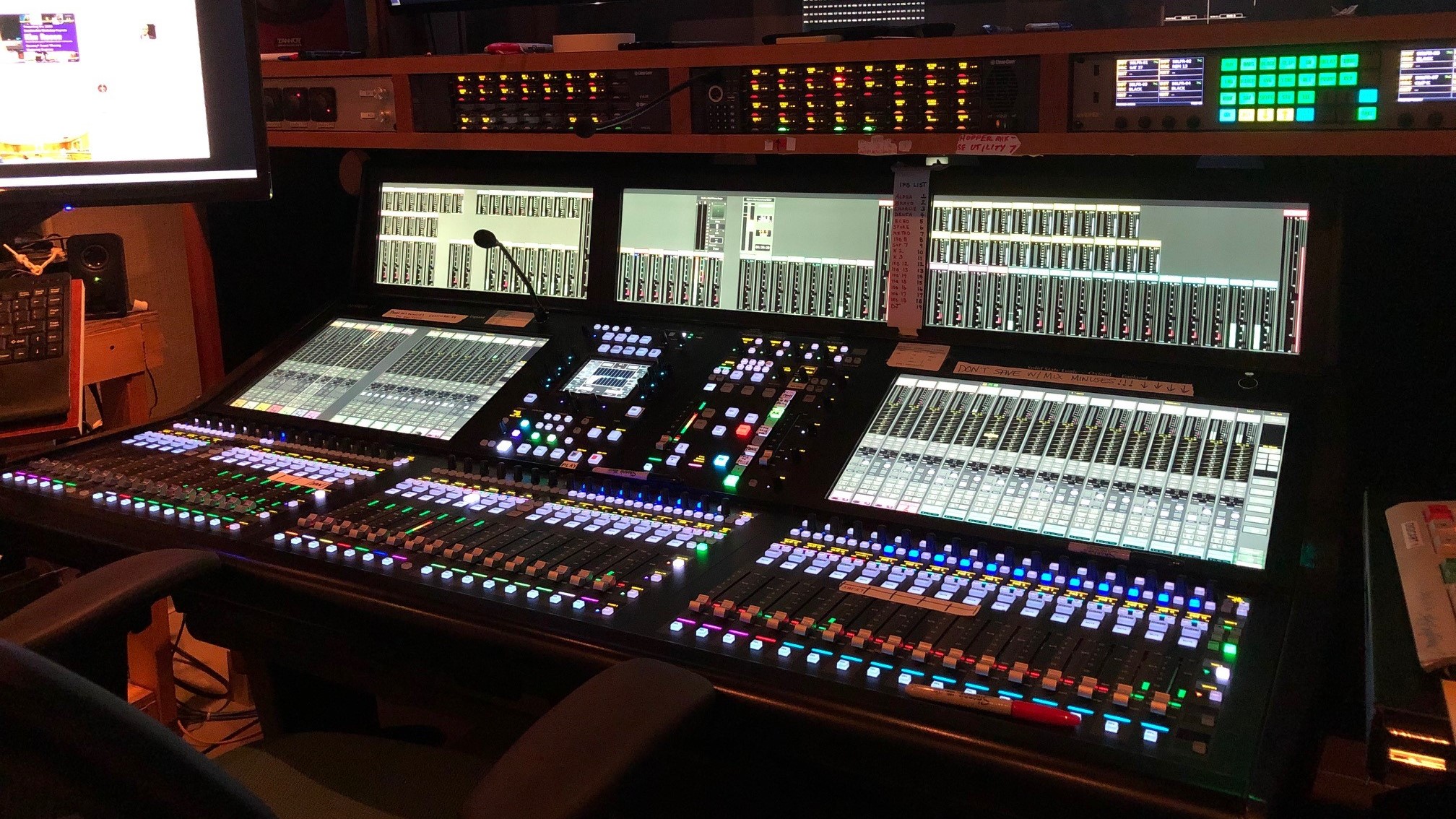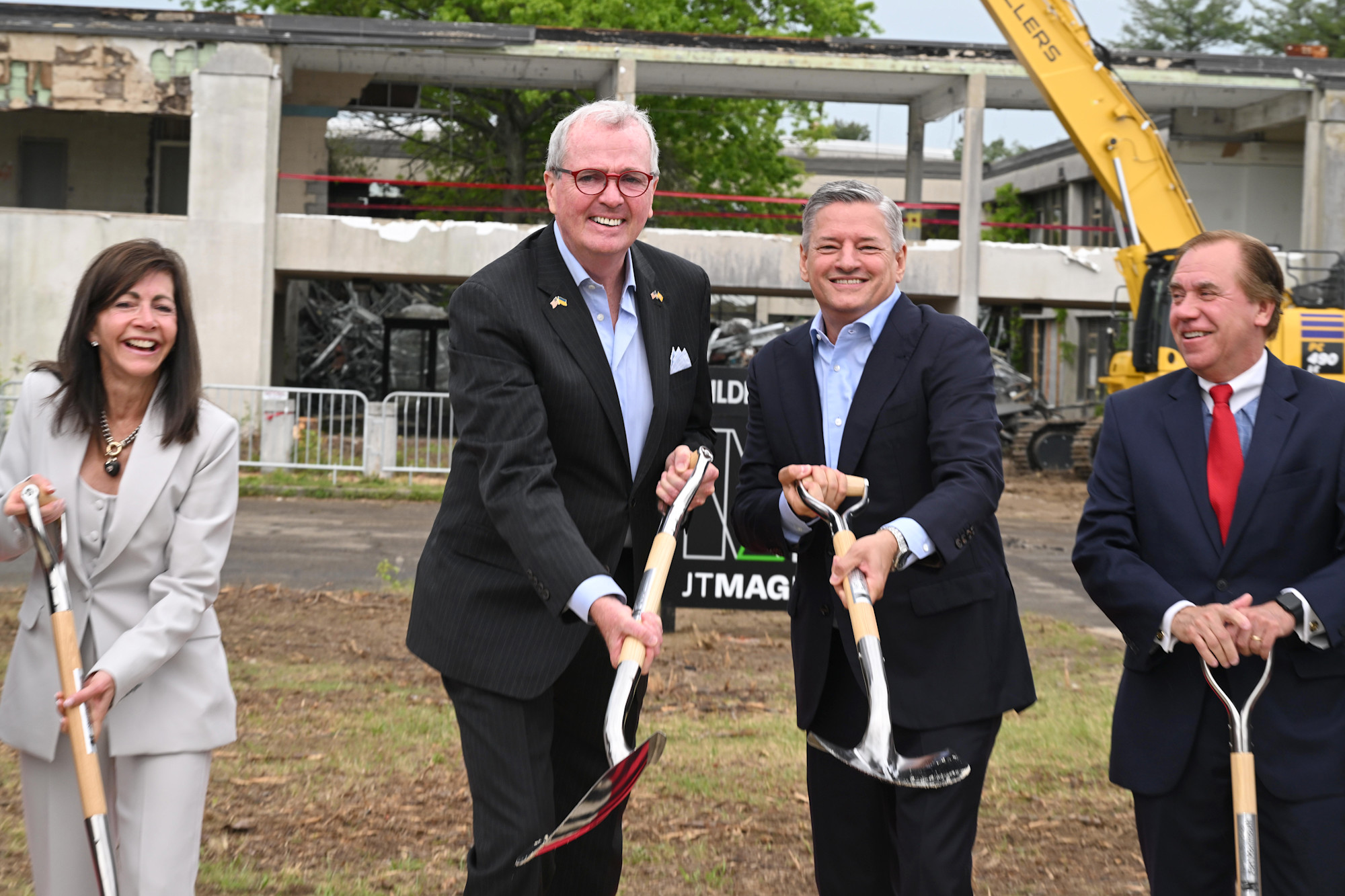WHDH Taps SSL for New Audio Production Console
System T is a good fit for WHDH, which produces more than 80 hours of news per week

BOSTON—WHDH, the Sunbeam Television Corp.-owned independent station in Boston, has deployed Solid State Logic’s System T broadcast audio production console to replace an SSL C100 console in continuous service for about 14 years, SSL announced.
“The C100 has been a fantastic workhorse, but it was time to replace it and get on SSL’s current platform, which is fully Dante-compatible,” says Jim Shultis, director of engineering at the station.
The new System T consists of a Tempest T25 256-path processing engine and a three-bay, 48-fader S500 control surface with a meter bridge.
At the end of 2016, the station announced it would begin airing more than 80 hours of news a week as it lost its NBC affiliation—up from the eight to nine hours per day it was producing. Solid State Logic’s System T, which makes it easy to create mix-minuses for IFBs to reporters in the field and talent on set, was a good choice for an SSL C100 replacement given the station’s news commitment, says Art Murphy, assistant engineering assistant at WHDH.
“We have 24 mix-minuses going on,” he says. “We could wire more if we wanted to, but 24 is a good number for us.” Noting that setting up mix-minuses on the System T is different than on the C100, Murphy says that “once you get used to it, it’s a little bit more logical—a more direct process.”
At the same time WHDH installed its C100 console in 2006, it installed a new video switcher, which was swapped out two years ago for a new switcher. “But the C100 just kept going,” says Shultis, adding that it is more difficult to replace an audio console than a video switcher.
However, System T’s native support for Dante made its installation easier than installing the C100, says Murphy. “We put stage boxes in our newsroom, where all our main mics are,” he explains. “So all of our mic wiring became a lot easier, wiring right into those stage boxes. Then, we use Dante to bring those into the network switch. It really makes a much cleaner installation as well,” says Murphy, adding that a second studio is used for production.
System T is different operationally from the C100. It offers an assignable rotary encoder, which is quite different from the knob-per-function C100 strip. “It takes time to get used to, but once you do, it’s very flexible,” says Murphy.
PLUS: Solid State Logic Focusing on AoIP
System T’s flexibility makes it easy to accommodate multiple operators at the station, each of whom can configure the console to meet individual needs.
“One thing we do like is that we have one show file and a bunch of scenes,” says Shultis. “The operator can load the main show file, but then everyone has their own scene. So it’s really easy for an operator to come in and load their scene up and have the board exactly the way he or she wants it. And they load really quick. That’s a nice feature.”
More information is available on the Solid State Logic website.
Get the TV Tech Newsletter
The professional video industry's #1 source for news, trends and product and tech information. Sign up below.
Phil Kurz is a contributing editor to TV Tech. He has written about TV and video technology for more than 30 years and served as editor of three leading industry magazines. He earned a Bachelor of Journalism and a Master’s Degree in Journalism from the University of Missouri-Columbia School of Journalism.

